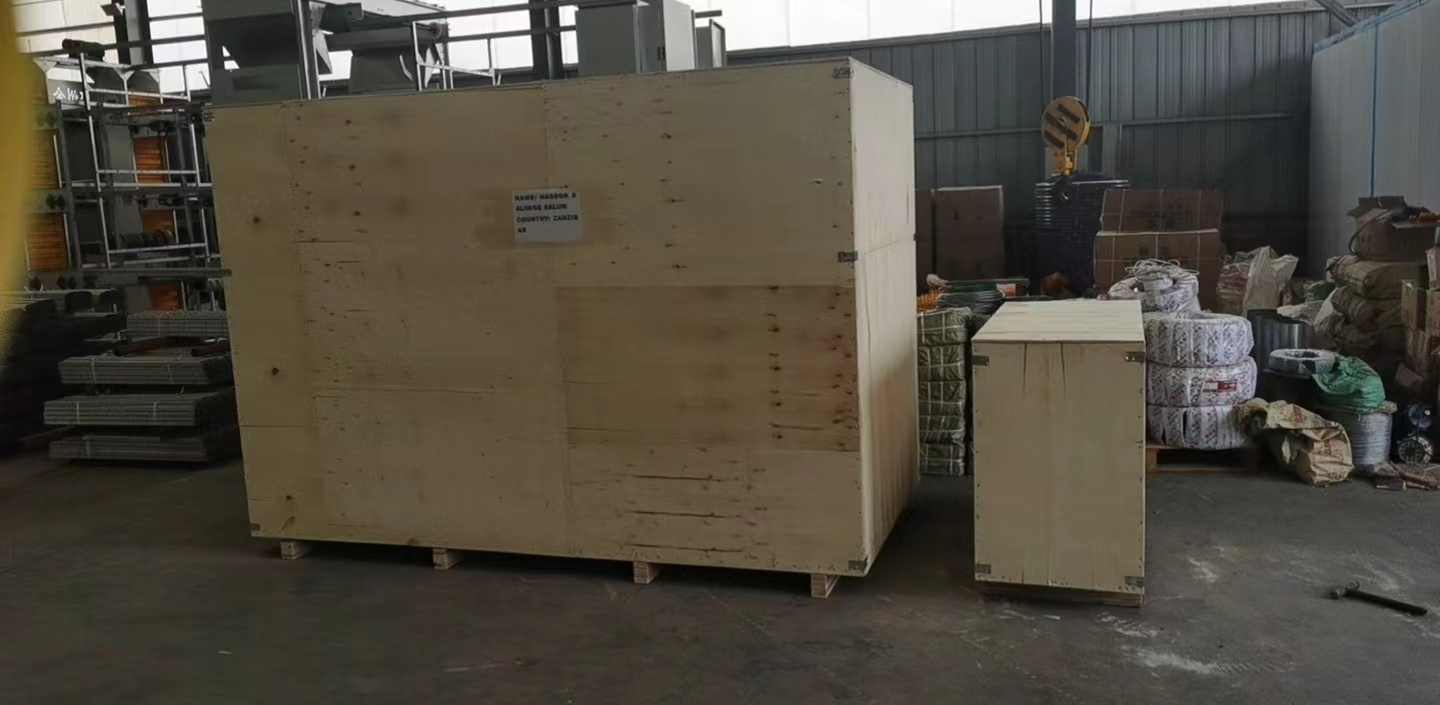poultry broiler cage
Dec . 19, 2024 14:55 Back to list
poultry broiler cage
The Evolution and Importance of Poultry Broiler Cages
Poultry farming has been a cornerstone of agriculture for centuries, providing a significant source of protein to populations worldwide. Among the various types of poultry, broilers have gained immense popularity due to their rapid growth rate and efficiency in converting feed into meat. As the demand for chicken meat continues to rise, the management of broiler housing, particularly through the use of cages, has become increasingly important. This article examines the evolution of poultry broiler cages and their significance in modern poultry farming.
Historically, poultry was often raised in free-range systems, allowing chickens to roam and forage in open spaces. While this method provided a natural environment for the birds, it posed several challenges, particularly in terms of disease control, space management, and productivity. The need for more efficient and controlled farming methods led to the development of poultry housing systems, including broiler cages.
The introduction of cages revolutionized the poultry industry. Broiler cages are designed to create a controlled environment where chickens can be housed in a compact space. These systems often consist of stacked cages, which maximize space and allow for efficient management of the flock. Cages can vary in size and design, accommodating different numbers of birds while ensuring their basic needs for space, ventilation, and hygiene are met.
One of the primary advantages of using poultry broiler cages is biosecurity. Caged systems are easier to manage in terms of disease prevention. By keeping birds in a confined space, farmers can reduce the risk of disease transmission between birds and minimize contact with wild animals that may carry infections. This controlled environment allows for better monitoring and timely intervention in case of health issues, ultimately leading to improved flock health and lower mortality rates.
poultry broiler cage

Moreover, cages facilitate efficient feeding and watering systems. Automated feeding and watering systems can be installed to ensure that birds receive consistent nutrition and hydration. This precision feeding is vital for the growth and health of broilers, as it optimizes feed conversion rates and promotes faster weight gain. Research has shown that caged broilers often achieve better growth rates compared to those raised in free-range systems, making cage systems an attractive option for producers seeking efficiency.
Additionally, broiler cages contribute to more sustainable poultry farming practices. With the ability to house more birds in a smaller footprint, cage systems can help reduce the overall land required for poultry production. This is particularly important in regions facing land scarcity and environmental concerns. Furthermore, the efficient use of feed in caged systems leads to lower feed conversion ratios, which can diminish the environmental impact associated with meat production.
However, the use of poultry broiler cages is not without criticism. Animal welfare advocates argue that confinement in cages can lead to stress and behavioral issues for the birds. Concerns regarding space allowance and the ability of birds to exhibit natural behaviors have prompted a shift towards enriched cages and alternative housing systems. Enriched cages provide more room for movement, perches, and nesting areas, allowing birds to express some natural behaviors while still benefiting from the advantages of a controlled environment.
As consumer preferences continue to evolve, the poultry industry is responding to calls for improved animal welfare standards. Many producers are exploring alternative housing methods, including barn systems and free-range options. Incorporating elements that enhance animal welfare while maintaining production efficiency is a challenge that the industry must address.
In conclusion, poultry broiler cages have transformed the poultry farming landscape, offering numerous benefits in terms of biosecurity, feeding efficiency, and sustainability. While these systems have greatly contributed to meeting global protein demands, ongoing discussions about animal welfare are shaping the future of poultry farming. As technology and research advance, the industry will continue to seek innovative solutions that balance productivity with the ethical treatment of animals, ensuring a sustainable and responsible approach to poultry production for generations to come.
-
Hot Sale 24 & 18 Door Rabbit Cages - Premium Breeding Solutions
NewsJul.25,2025
-
Automatic Feeding Line System Pan Feeder Nipple Drinker - Anping County Yize Metal Products Co., Ltd.
NewsJul.21,2025
-
Automatic Feeding Line System Pan Feeder Nipple Drinker - Anping County Yize Metal Products Co., Ltd.
NewsJul.21,2025
-
Automatic Feeding Line System - Anping Yize | Precision & Nipple
NewsJul.21,2025
-
Automatic Feeding Line System - Anping Yize | Precision & Nipple
NewsJul.21,2025
-
Automatic Feeding Line System-Anping County Yize Metal Products Co., Ltd.|Efficient Feed Distribution&Customized Animal Farming Solutions
NewsJul.21,2025






